A colourful and vivacious country, it should come as no surprise that Mexico is rich in cultural spaces where visitors can experience and interact with art of every genre and from every time period, from photography to sculpture, from contemporary creations to pre-Hispanic art – and even a few prehistoric paintings, too.
Suffice it to say, no trip to Mexico would be complete without visiting at least one of its incredible museums and galleries – especially the ones which are often overlooked, but are absolutely worth seeing. So whether you’re thinking of visiting this year, next year or in five years’ time, we’ve put together a list of the top under-the-radar Mexican cultural spaces to add to your itinerary.
Tijuana’s Cultural Centre (CECUT) in Baja California
CECUT is Mexico’s cultural centre on the US-Mexico border – an iconic site in one of the most complex border cities in the world. In addition to temporary exhibitions, the centre hosts regular plays, concerts, films and IMAX screenings, while offering activities designed for everyone in the family. It’s also home to the Museum of the Californias (Museo de las Californias), showcasing artefacts from different eras of Californian history, from pre-Hispanic to modern times.
Sierra de San Francisco Rock Art in Baja California Sur
Mexico’s artistic heritage doesn’t just go back centuries, but rather millennia. In the rock shelters of the Sierra de San Francisco in Baja California Sur, complete cave painting murals have been found dating as far back as 100 BC and representing flora, fauna and human figures with spears; the works were added to the UNESCO World Heritage List in 1993. Not heading to this region, but still keen to see some really old art? Many more ancient paintings can be seen across Mexico, such as the cave paintings of Coahuila in Cueva Pinta or Cueva de la Candelaria; the prehistoric caves of Yagul and Mitla in Oaxaca; and in the Sierra de San Carlos in Tamaulipas.
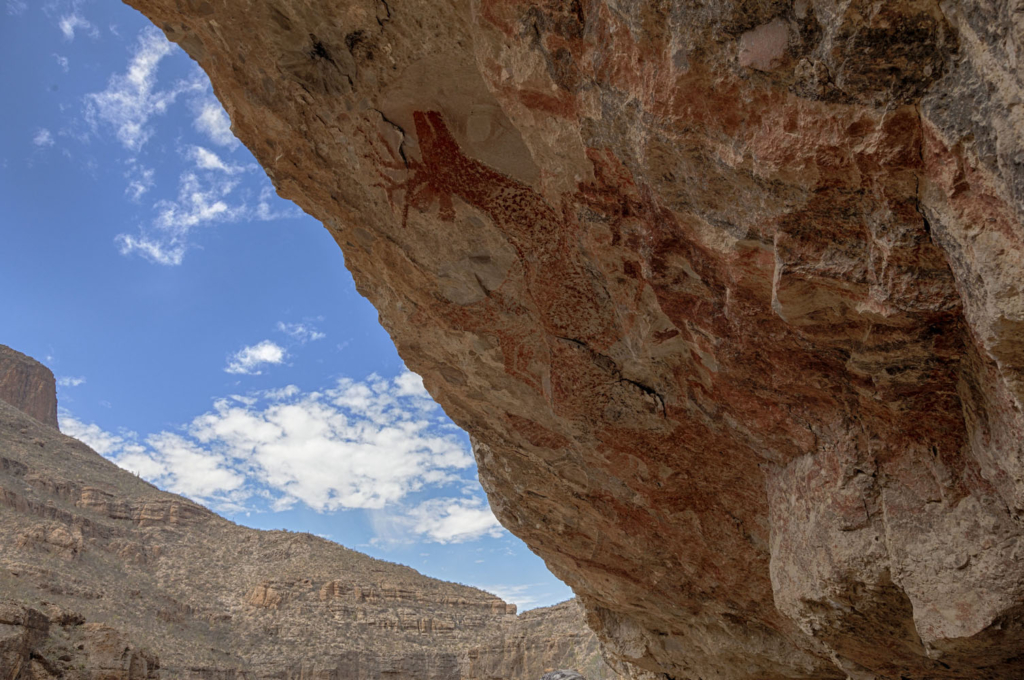
[Photo: Andrea Schieber/Flickr]
Museum of Modern Art in Monterrey (MARCO) in Nuevo León
One of the most important cultural centres in northern Mexico, MARCO is housed in a building designed by renowned Mexican architect Ricardo Legorreta. Besides its permanent collection and temporary exhibitions, the museum offers educational activities for children and adults such as concerts, conferences and lectures.
View this post on Instagram
View this post on Instagram
Cabañas Museum in Guadalajara
Spread across in an imposing 19th-century hospital complex, the Hospicio Cabañas, this museum is most famous for its frescos by José Clemente Orozco, boasting more than 50 murals on its walls, vaults and domes; it was declared part of humanity’s cultural heritage by UNESCO in 1997. Visitors can view Orozco’s works in the Major Chapel, and also take in modern and contemporary art exhibitions.
PROMOTION: YOUR INSIDER TIP
Discover Grand Fiesta Americana Guadalajara Country Club
Your perfect base for exploring all Guadalajara has to offer, Grand Fiesta Americana Guadalajara Country Club stands out for its exacting service, luxurious style and meticulous attention detail. Click here to book.
José Guadalupe Posada Museum in Aguascalientes
Posada was an engraver, illustrator and caricaturist whose work is iconic in the history of Mexican art. He is perhaps best known as the creator of the famous calavera catrina – an illustration of a skeleton disguised in luxurious and elegant clothes, which has become a popular figure synonymous with Day of the Dead festivities. Strong components of humour and political criticism come through in the works of the cartoonist’s vast oeuvre, on display at this museum located in a former 19th-century convent, including his lithographs, printing presses and publications from that period. A short 20-minute drive away is the Museum of Aguascalientes, with an important collection of works by the painter Saturnino Herrán.
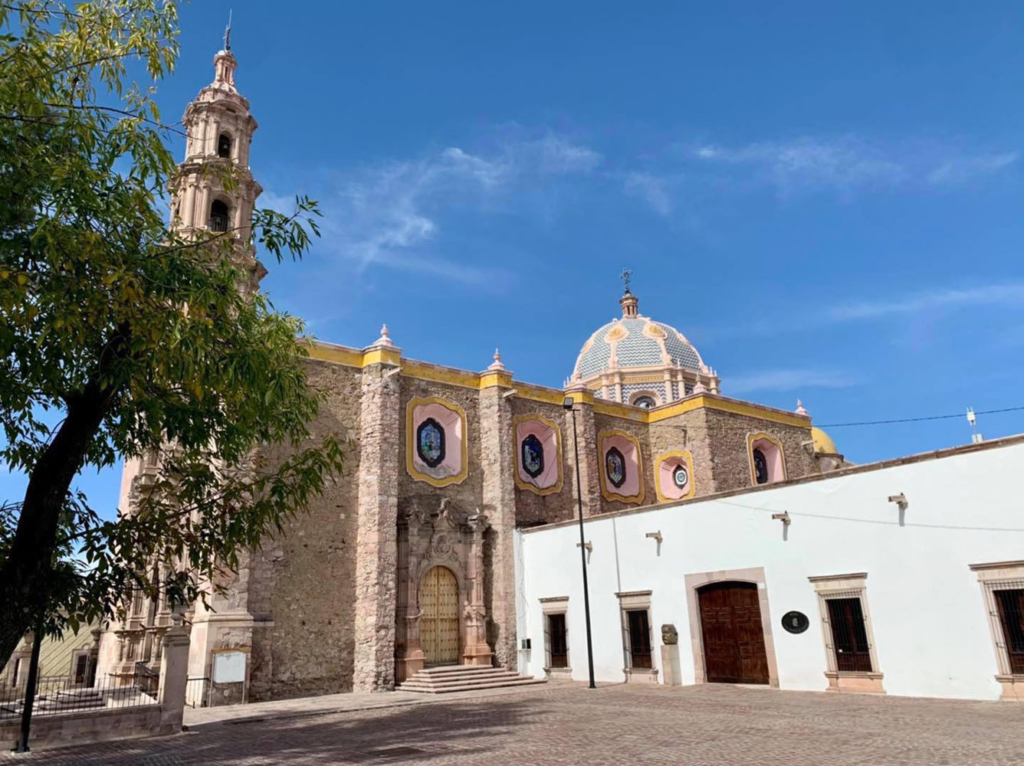
[Photo: José Guadalupe Posada Museum via Facebook]
Manuel Felguérez Abstract Art Museum in Zacatecas
The Felguérez Museum presents pieces from the best creative minds of the Ruptura generation (the artists who, in the 1950s, moved away from traditional Mexican figurative painting and muralism). It is an ideal space for experiencing the richness of Mexico’s visual arts. In addition to the expansive collection of large-format abstract paintings, the museum is noteworthy for its architecture, housed in the former Seminary of the Immaculate Conception built in the 19th century. Other interesting cultural spaces in Zacatecas include Pedro Coronel and Rafael Coronel museums, as well as the Neo-Hispanic churches known for their baroque style, majestic altarpieces and pink quarry stone façades.
View this post on Instagram
View this post on Instagram
Leonora Carrington Museum in San Luis Potosí
Located in a former penitentiary from the late 19th century, San Luis Potosí’s Leonora Carrington Museum offers a prodigious collection of drawings, jewellery, sketches and sculptures by the surrealist writer and painter, who was born in England and lived in Mexico from the 1940s until her death. In the town of Xilitla, also in the state of San Luis Potosi, you can find a second Leonora Carrington Museum as well as the Edward James Surrealist Garden.
National Museum of the Viceroyalty in Tepotzotlán
This museum is situated in the state of Estado de México, about an hour’s drive from Mexico City. Housed in a former Jesuit college built in the 19th century, the museum is home to one of the most important collections of New Spanish altarpieces, as well as sculptures and paintings by artists such as Cristóbal de Villalpando, Juan Correa and Miguel Cabrera, in addition to objects from daily life during the viceroyalty era of New Spain.
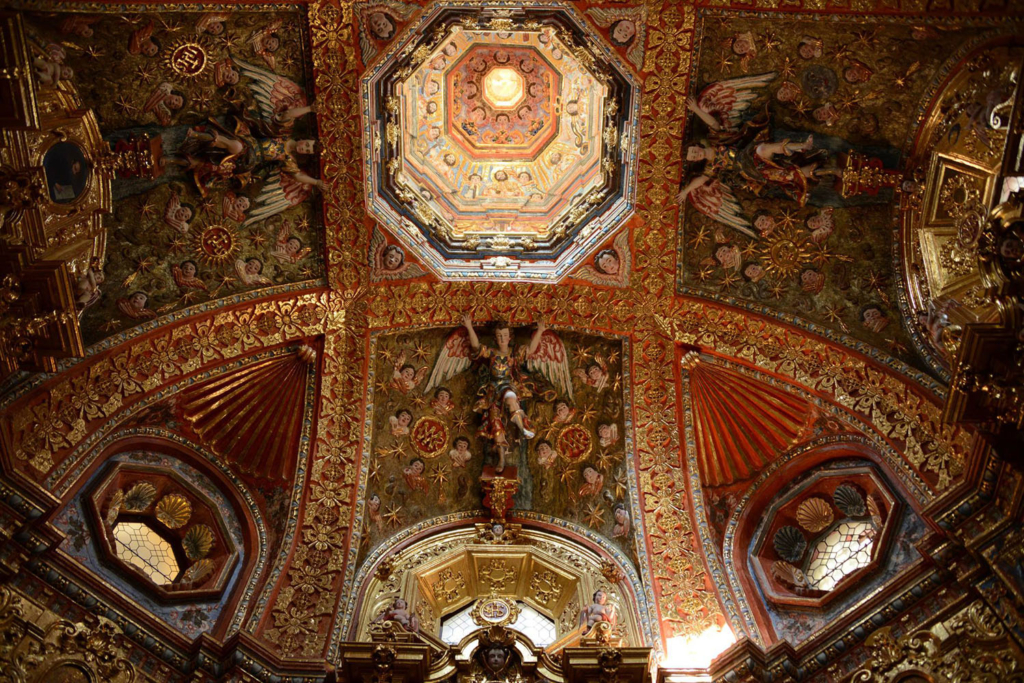
[Photo: Museo Nacional del Virreinato via Facebook]
Jumex Museum in México City
Part of the Jumex Foundation, which holds one of the most important contemporary art collections in Latin America, this museum hosts temporary exhibitions of nationally and internationally renowned present-day artists. And like the Tamayo Museum a few miles away, it is an absolute must for contemporary art lovers. The Jumex Museum also stands out for its architecture: it was designed by the British studio of David Chipperfield and constructed using Mexican materials such as white quarry, with a stepped roof that lets in natural light.

[Photo: Secretaría de Cultura de la Ciudad de México/Flickr]
Galería de Arte Mexicano in México City
Located in the San Miguel Chapultepec neighbourhood of Mexico City, this is one of the oldest art galleries in the country, an iconic place in the history of Mexican art. Founded in 1935 by Carolina Amor and directed since 1936 by Inés Amor, it has hosted works by such illustrious artists as Remedios Varo, Frida Kahlo, José Clemente Orozco, Diego Rivera, Angelina Beloff and David Alfaro Siqueiros, to name just a few. A pioneer in its time, the gallery continues to be an innovative space, with halls presenting temporary exhibitions of contemporary artists both established and emerging. In the same neighbourhood, you’ll find other outstanding galleries, such as Kurimanzutto (contemporary art), Patricia Conde (photography), Galería RGR (abstract art) and Galería Nina Menocal (Latin American art).
View this post on Instagram
View this post on Instagram
Casa Estudio Frida and Diego Rivera in Mexico City
One of the most visited museums in Mexico City is the famous Casa Azul in the heart of the Coyoacan neighborhood, where Frida Kahlo and Diego Rivera lived. However, for architecture lovers and those who want to learn more about the life and art of this fascinating couple, Casa Estudio Diego Rivera and Frida Kahlo Museum is an equally exceptional place. Located in the San Angel district, the building was designed by architect and muralist Juan O’Gorman in the 1930s as one of the first functionalist buildings in Latin America. Bathed in light, it consists of two independent concrete blocks (the house and the studio) connected by a bridge; each of the artists had their own studio.
Museo Bello in Puebla
José Luis Bello y Zetina was a Puebla merchant and art collector born in 1889, and it is his impressive collection and family home that form the current Museo Bello. Located in downtown Puebla, it houses a large array of New Spanish, Flemish, French, Spanish and Italian paintings and sculptures, with works spanning the early 15th century to the 20th century and encompassing artists such as Murillo, Zurbarán, Goya, Cabrera and Arrieta. It also features antique furniture from the first and second French empires, as well as a collection of 19th-century porcelain, and takes the visitor on a journey through time to experience a historically accurate mansion from its era. Other institutions of interest in Puebla are the Amparo Museum and the International Museum of the Baroque.
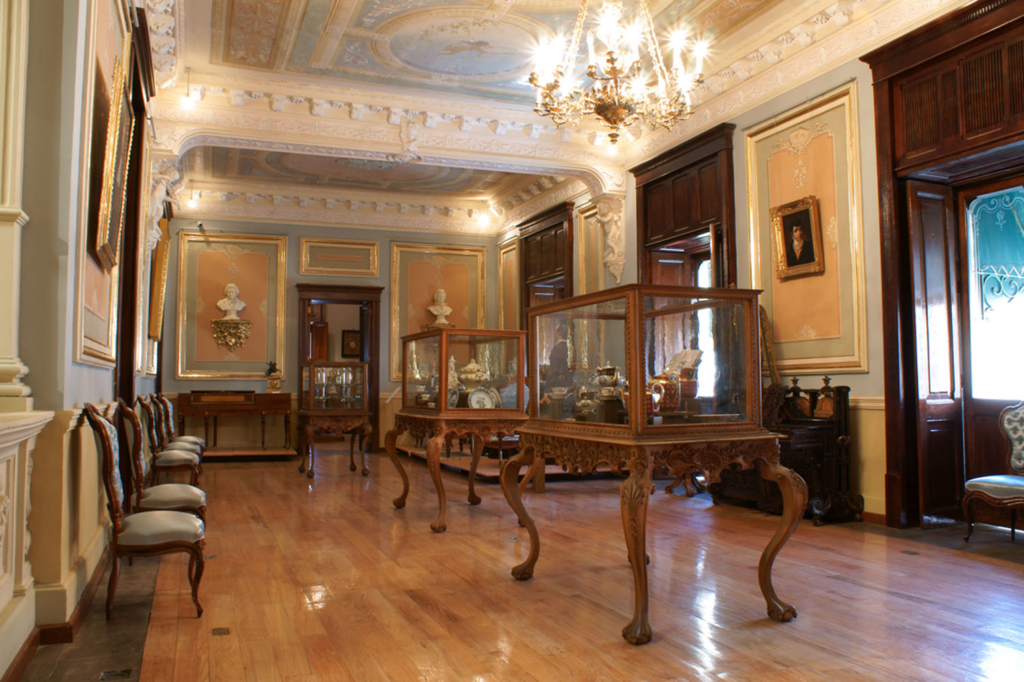
[Credit: Museobello/Wikimedia Commons]
Museum of Anthropology Xalapa (MAX) in Xalapa
There’s no doubt that Mexico City’s National Museum of Anthropology is an exceptional place, with its temporary exhibitions and collection of pre-Hispanic pieces that make it an incredible place for history and culture lovers. However, it is not alone: also boasting an extraordinary collection, the Museum of Anthropology in Xalapa, Veracruz, combines fascinating exhibitions with interesting architectural design. Notably, the museum houses hundreds of pieces from the Olmec culture (also called the “mother culture”, as it was among the first complex civilisations in Mesoamerica), such as the famous cabezas colosales – colossal heads more than two metres high and weighing over 20 tons. An absolute must for those interested in pre-Columbian archaeology.
View this post on Instagram
View this post on Instagram
Mayan Textile Centre in San Cristóbal de las Casas
Situated in the state of Chiapas, San Cristóbal de las Casas is a picturesque city known for its architecture, cafés and vibrant diversity of culture and language. Among the cultural treasures of the region are its embroidered textiles, which can be explored at this museum, found in the ex-Convent of Santo Domingo and dedicated to researching, preserving and exhibiting these traditional pieces. Visitors can view a range of garments characteristic of various Mayan peoples across the region, including the Tojolabales, Choles, Tzeltales and Tzotziles from Chiapas, and the Quichés, Ixchiles, Cakchiqueles, Mames and Kekchis from Guatemala, as well as those of non-Mayan peoples living in Chiapas, such as the Chiapanecos and the Zoques.
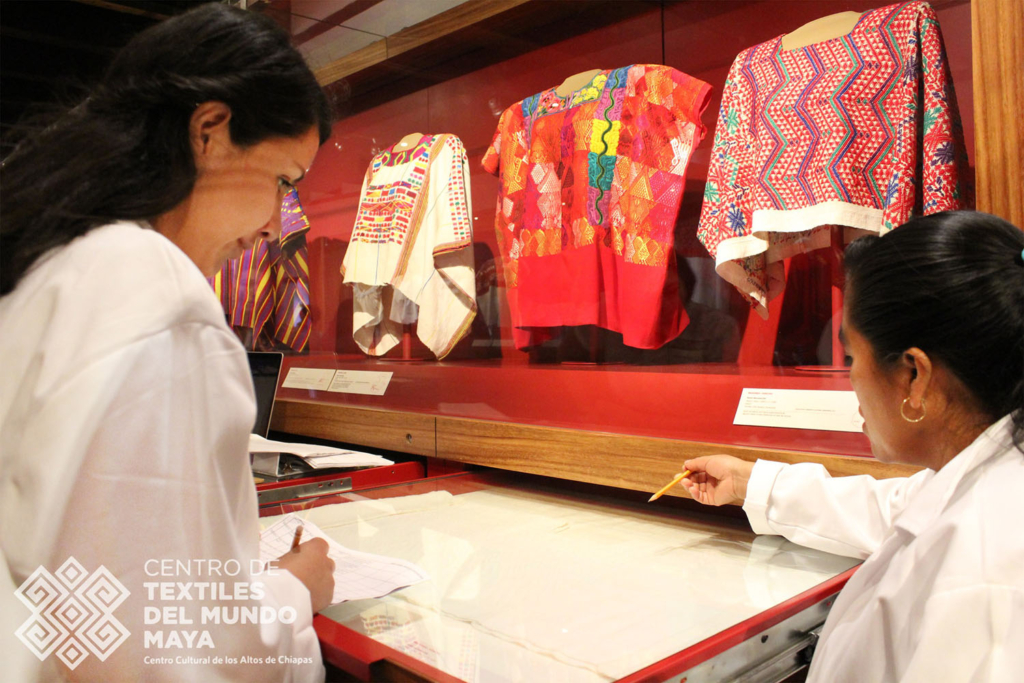
[Photo: Centro Textiles Mundo Maya via Facebook]
Oaxaca’s Graphic Arts Institute (IAGO) in Oaxaca
Oaxaca is one of the most important cultural capitals of the Americas, home to numerous world-class museums, galleries and cultural centres – such as the IAGO. Founded in 1988 by the famous painter Francisco Toledo, the museum houses a vast collection of graphic art as well as an art-focused library, the El Pochote cinema club, the Manuel Álvarez Bravo Photographic Centre, the Eduardo Mata Sound Library and several galleries for temporary exhibitions. Other locations, like Oaxaca’s Textile Museum, the Museum of Modern Art (MACO) and the San Pablo Cultural Centre are also worth a visit.
PROMOTION: YOUR INSIDER TIP
Discover Grand Fiesta Americana Puebla Angelópolis
Take a break from the sights of Puebla to enjoy the pleasures of Grand Fiesta Americana Puebla Angelópolis, from cocktails on the picturesque terrace, to treatments in the spa. Click here to book.
About Eréndira Derbez
Eréndira Derbez is an art historian and illustrator, specializing in Mexican art and gender. She is the co-author of No son micro. Machismos cotidianos (Random House, 2020) and the co-founder of Estudio Plumbago, a design and illustration studio in Mexico City. She currently lives between Mexico City and London.

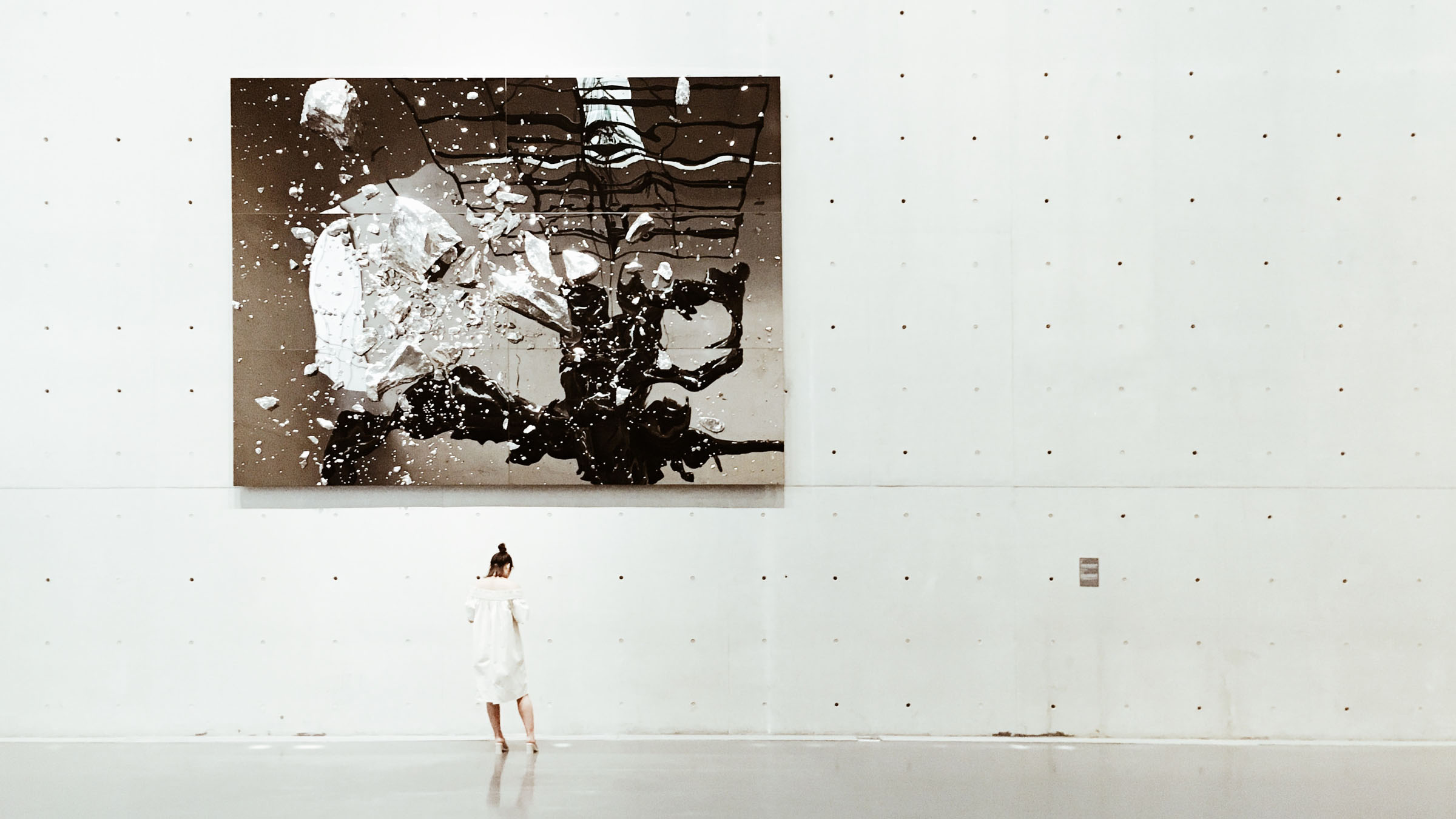
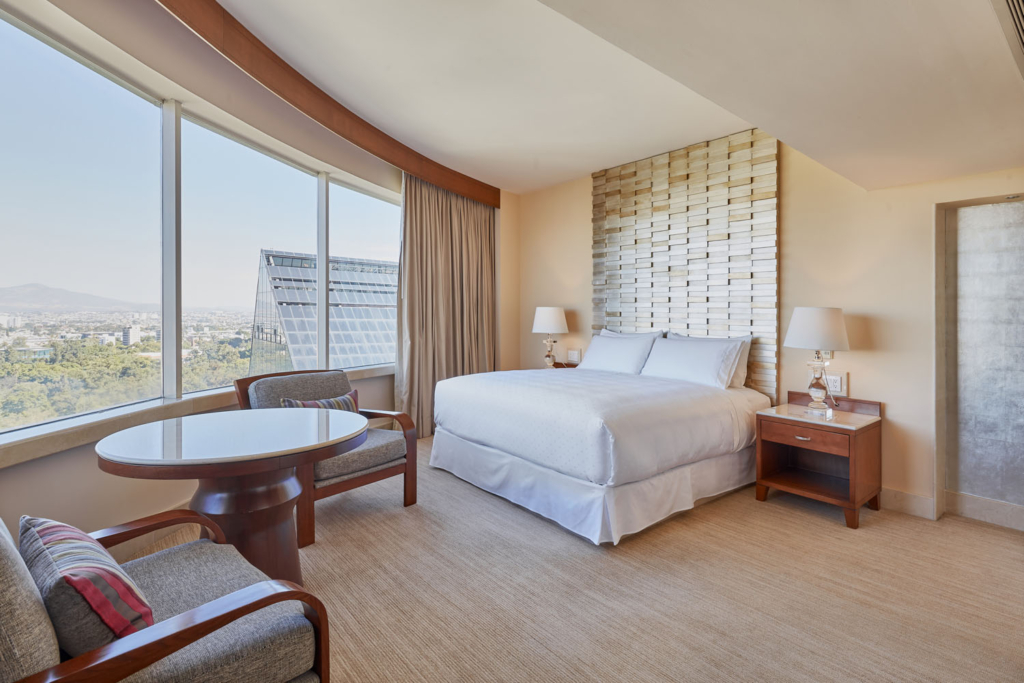
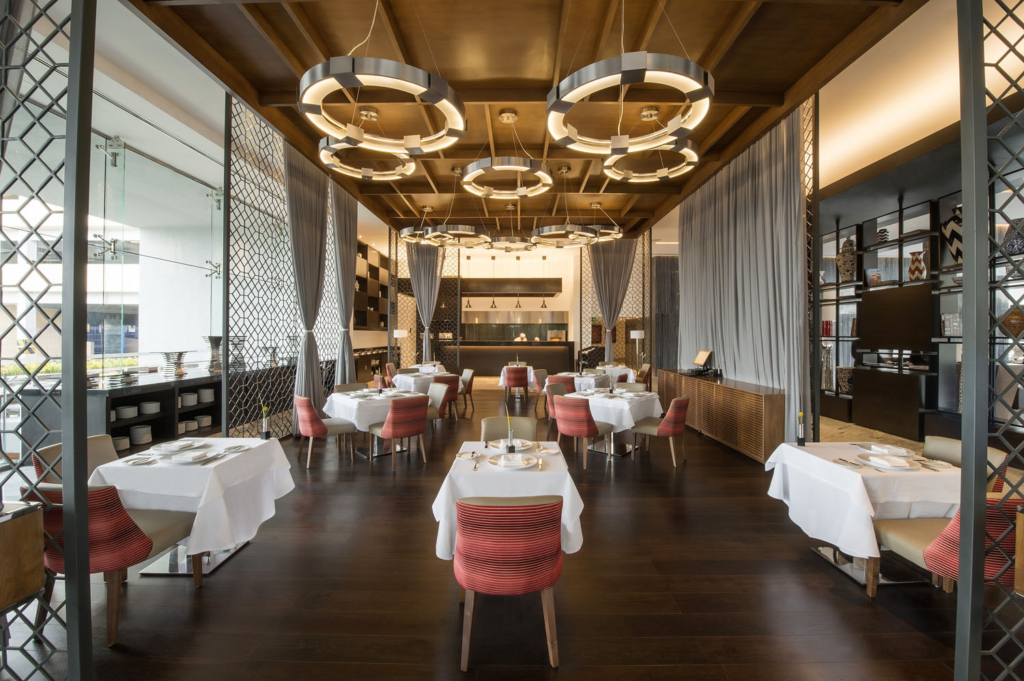
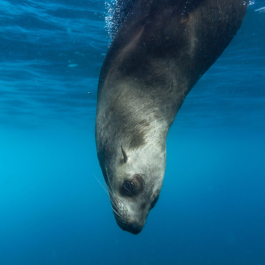
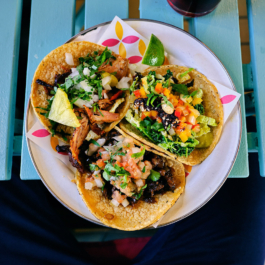
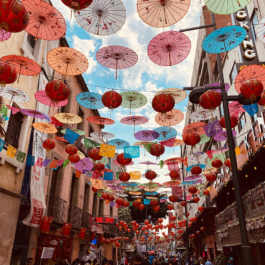
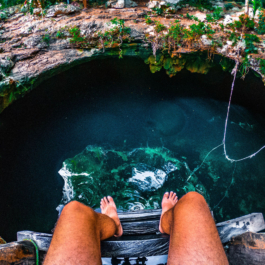
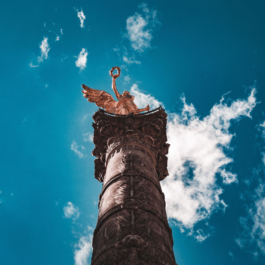
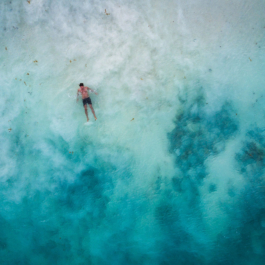
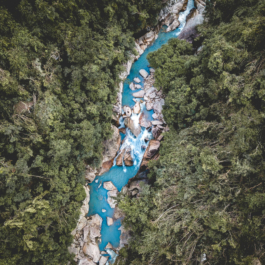
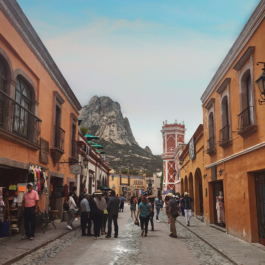

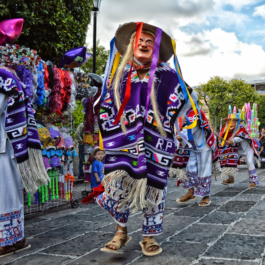
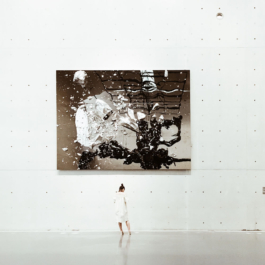
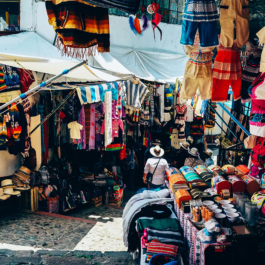
Sorry, the comment form is closed at this time.